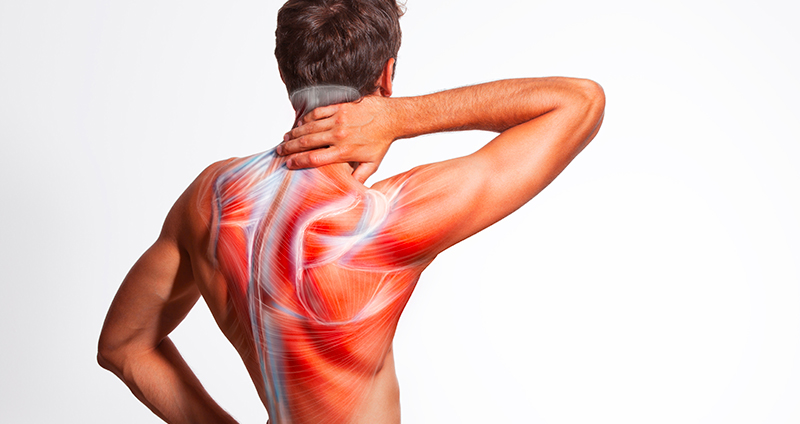Muscle pain, also known as myalgia, is a common issue many people face. It may show up as tightness, soreness, or a dull ache in one or more parts of the body. These aches can affect daily life and make normal activities harder. However, simple steps at home and some lifestyle changes can help reduce the pain and support your overall health.
What Causes Muscle Aches?
Muscle pain can happen for many reasons. Some common causes include:
- Minor injuries or overuse of muscles
- Illnesses or infections
- Side effects from certain medicines
- Lack of movement or too much sitting
- Poor eating habits and not drinking enough water
- Lack of proper sleep or rest
Children who do not play or exercise regularly may also experience more muscle aches due to low physical activity.
Common Signs and Symptoms
Muscle aches can feel different depending on the cause. You may notice:
- Soreness or tightness in one area
- A pulling or burning feeling
- Pain that spreads to nearby muscles
- Swelling or stiffness
- Weakness or fever (which may mean an infection)
If you notice any unusual symptoms along with the pain, it is best to get it checked by a doctor.
How Kinesiology Tape Helps
Kinesiology tape is a special stretchy tape used on the skin to help reduce muscle pain. It provides gentle pressure, which helps with:
- Muscle support
- Better blood flow
- Pain relief
- Faster healing
It is a good option compared to regular bandages or pain-relief creams. The tape lets you move freely while still supporting the area.
Things to Know Before Using Kinesiology Tape
If you plan to use kinesiology tape, make sure:
- Your skin is clean and dry
- You avoid using it on cuts, rashes, or sensitive skin
- You do not have conditions like diabetes, cancer, or blood clots
Also, round the edges of the tape before applying it, and do not stretch it too much, as this can cause skin problems.
Taking Care of Muscle Pain at Home
Simple steps at home can ease muscle aches:
- Eat foods rich in protein, vitamin C and D, omega-3, zinc, and calcium
- Use helpful supplements like glucosamine and creatine (only after asking your doctor)
- Drink enough water
- Get proper rest and sleep
Gentle Exercise and Stretching
Light exercises or yoga can help loosen tight muscles and improve movement. Always start slowly and, if needed, get help from a trained therapist. These activities can help reduce pain and stop it from coming back.
Hot and Cold Therapy
Using heat and cold can help muscles feel better:
- Use cold packs in the first 48 hours after injury to lower swelling
- Use heat to relax the muscle and improve blood flow
- You can switch between hot and cold to ease pain from exercise or stress
When to See a Doctor
You should talk to a doctor if you notice:
- Pain that doesn’t go away
- High fever or chills
- Trouble breathing
- Pain with swelling or weakness
- Pain that spreads or feels very different
In Conclusion
Muscle pain can happen to anyone, but understanding its causes and knowing how to care for it can help you feel better and stay active. A daily routine that includes good food, enough water, rest, and regular movement can help lower the chances of muscle pain.
Important Note: Before making any major changes to your health, it is always advisable to consult with your doctor or healthcare professional. They can offer personal advice based on your health needs.
For any health-related concerns, please contact us at +91-9058577992 to receive a free consultation from our experienced doctors. Your health is our top priority. Thank you.
